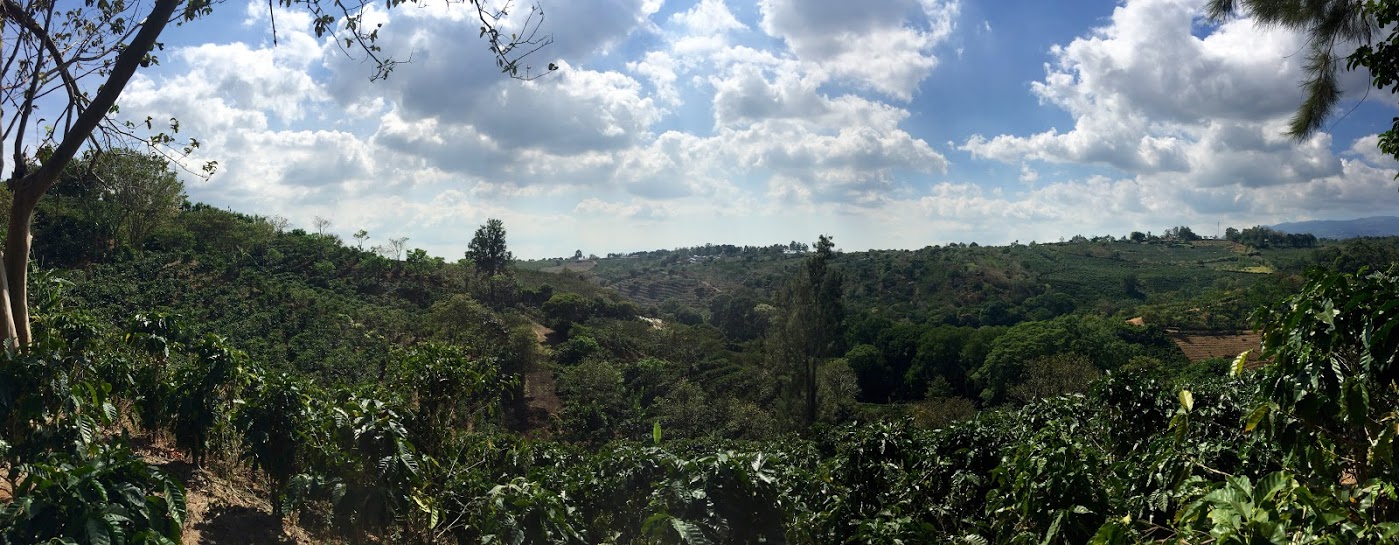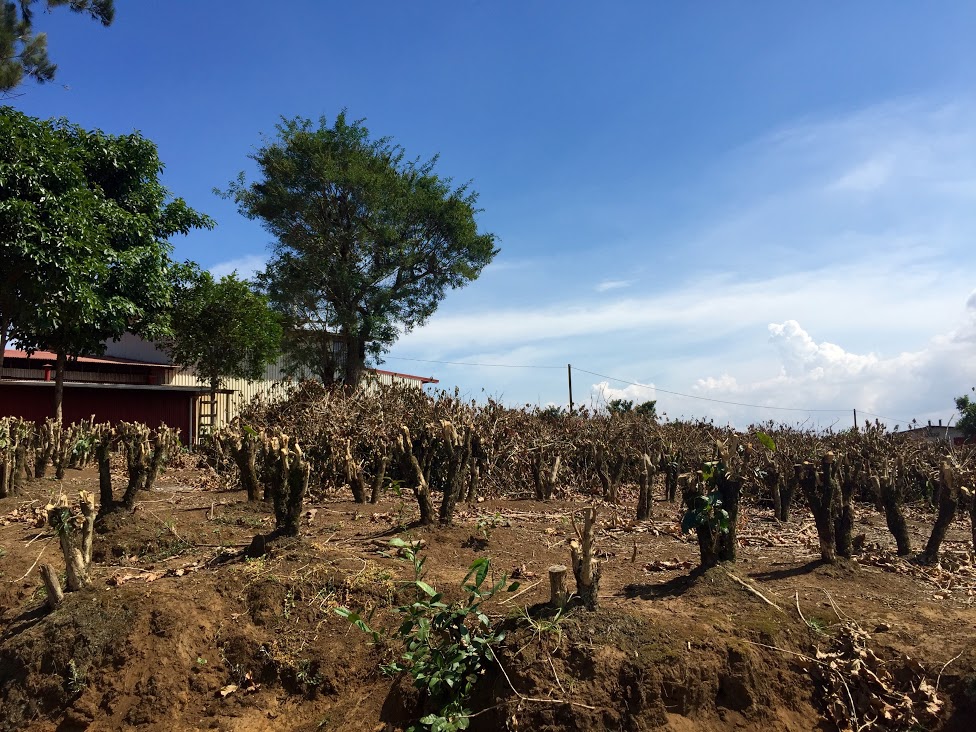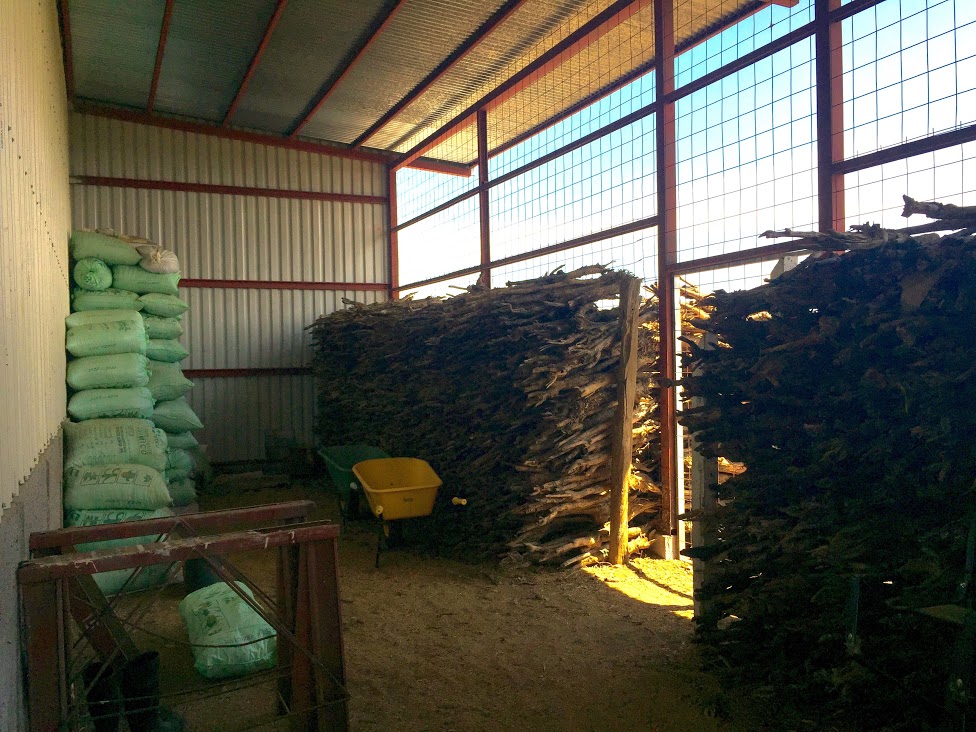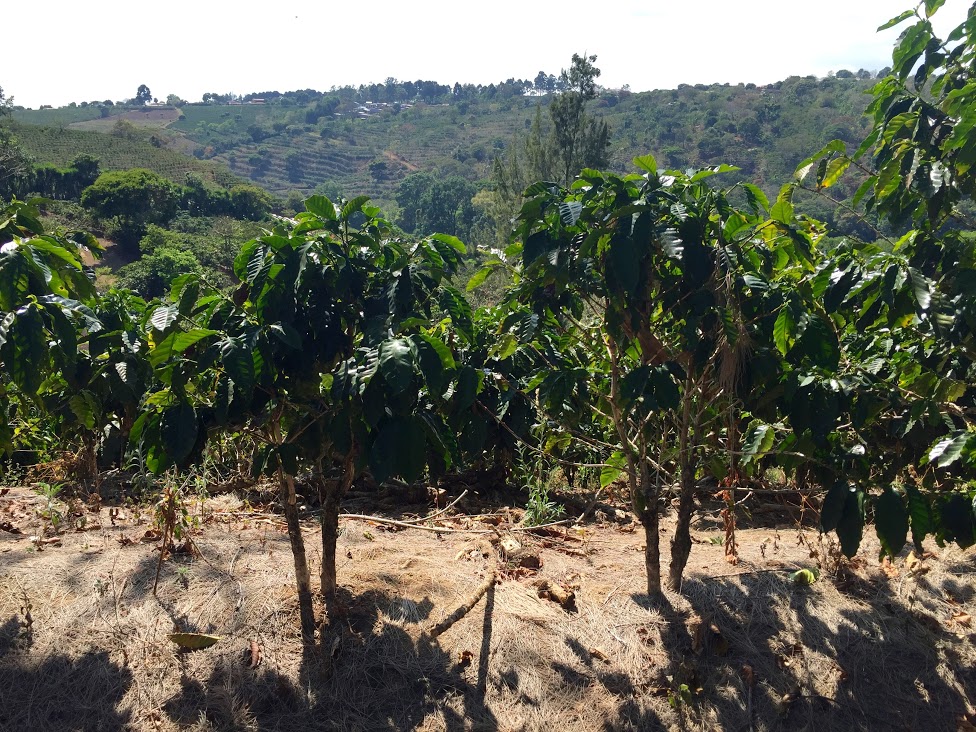This coffee is no longer available.
Jardin de Aromas
silky, pear, butterscotch, cocoa, white raisin, rose
| Producer | Carole Zbinden |
| Region | Carrizal, Central Valley |
| Elevation | 1300 - 1375 meters |
| Process | Mechanically Pulped & Mechanically Dried |
| Variety | Caturra & Catuai |
| Harvest | December 2015 - March 2016 |
| Storage | GrainPro™ |
| Relationship | Fifth Year Direct Trade |
2016 is our fifth year buying from Carole Zbinden, owner and manager of both a mill (Jardin de Aromas) and a farm (Finca El Quizarra) on the same property. It's one of our favorite first arrival coffees of the late summer-early fall; we have this in the espresso hoppers at our coffeebars each year as soon as it's ready.
This year we purchased two separate lots. This is the main first lot; expect another release, Lot 441, in the coming weeks. All of our lots come from the same section of the farm. Currently, the entire farm is planted with Caturra & Catuai, but Carole has started to plant new varieties and we're looking forward to evaluating those in the coming harvest.
Jardin de Aromas proves that you don't need a really high elevation to produce great coffee; the farm is just under 1400 meters above sea level. Carole has put the highest priority on sustainability out of anyone we work with. All the byproducts of the milling process are re-used & recycled on the farm itself. Carole has planted a particular grass that thrives when irrigated with the post-fermentation processing water; all the leftover mucilage is used to fertilize areas of the farm undergoing pruning. Nothing goes to waste on this farm.
The biggest factor for quality improvement that we've seen here has been the strict schedule for pruning & tree maintenance. The farm is broken down into many different plots that are tracked separately all the way through the process. Using this plot system, the trees are cyclically pruned, stumped and ultimately re-planted in waves, striking a balance between not hindering the harvest too drastically while still promoting the growth of new plant tissue. Ultimately, every five years the whole farm is re-planted. Again, everything is re-used: the wood from stumped trees is turned into mulch for use throughout the farm, as well as used for firewood to fuel the mechanical dryers.




